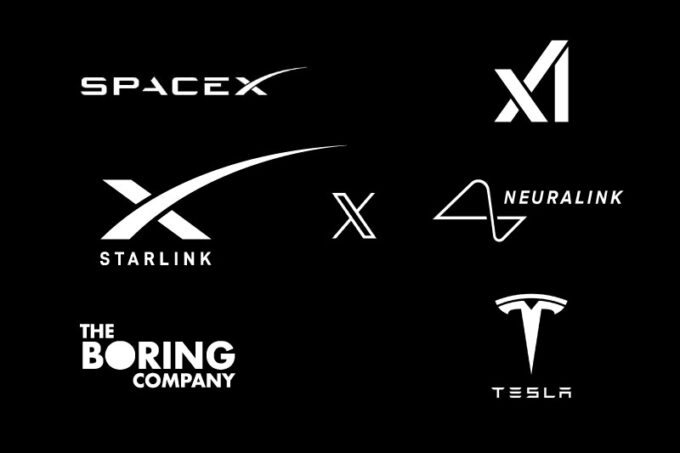Government efficiency means nothing without productivity
US debt is high and needs lowering. According to the IMF World Economic Outlook, in 2024 US debt was 120.79% – a figure that hasn’t, incidentally, budged in Q1 2025. The OECD recommends debt should stay under 80%. Admittedly, that’s a very rough estimate and entirely dependent on how the debt is used, the interest rate, and other factors. If the debt is a consequence of wise investment and the interest isn’t burdensome, it’s not necessarily a problem. However, a large existing debt can stop an economy from being able to react quickly to economic shocks.
This high debt level placed the US 63rd out of the 69 economies we measure for this data point – the full list can be found in the WCC Yearbook. The table is headed by Kuwait (3.01%), with Japan bringing up the rear (236.7%). A snapshot of Europe shows Luxembourg at 9th (25.98), Germany at 41st (63.89), and France at 62nd (113.03).
So, is it “efficient” to make cuts to government spending? Not quite. For us at the WCC, efficiency means being able to spend less to achieve the same – or even greater – outputs. It may, equally, be a case of spending just the same but achieving higher outputs (through some other variable). What it isn’t is reducing costs and achieving less – these are “non-efficiency savings.”
Even if it were possible to keep cutting the billions Trump wants to, an efficient government doesn’t just slash if it wants to maintain its efficiency over the long term. It also manages the potentially conflicting needs of its various stakeholders: private enterprises and industries, individuals, and groups of citizens. In sum: it tried to avoid fragmentation.
Ways to do this include: setting a strong, clear institutional framework that follows the rule of law; providing a cohesive series of regulations that allow business to thrive; and providing the checks and balances required by the various stakeholders to ensure that the required services are catered for (education, infrastructure, healthcare etc.) whether that’s through state intervention or private enterprise.
Our 2025 WCR results cement this idea in stone: we found that fragmentation – political, social, and economic – is on the rise globally, and, due also to the added impact of multiple external shocks, effective governance is becoming a defining advantage in an uncertain global environment.
While regional disparities persist, there is fresh momentum emerging in less traditionally competitive areas (notably Western Asia, Africa, and South America), with the data reflecting the growing importance of government efficiency as a foundation for resilience.
If a government manages the needs of its various stakeholders, this can feed competitiveness to the extent that both the public and private sectors can translate this “productive efficiency” into human development.
The United Nations Human Development Index (HDI) is a measure of economies’ achievements in key dimensions of human development, including a long and healthy life, being knowledgeable, and having a decent standard of living. The US ranked 17th in our 2025 assessment of this.
Productivity – and consequently competitiveness – has not increased much anywhere since 2008 despite technology and automation, as I explore in my book The Right Place.
There are two major explanations for why technology is not boosting productivity. The first is that we are just not properly measuring its impact. The second is that economic revolutions tend to be rather slow-burning – technological change may be happening, but it could be decades before the full benefits are felt.
The inability to increase productivity has, in Western economies, caused a reduction in real wages, which is a root cause of protectionism, another leitmotif in our 2025 WCR report.







